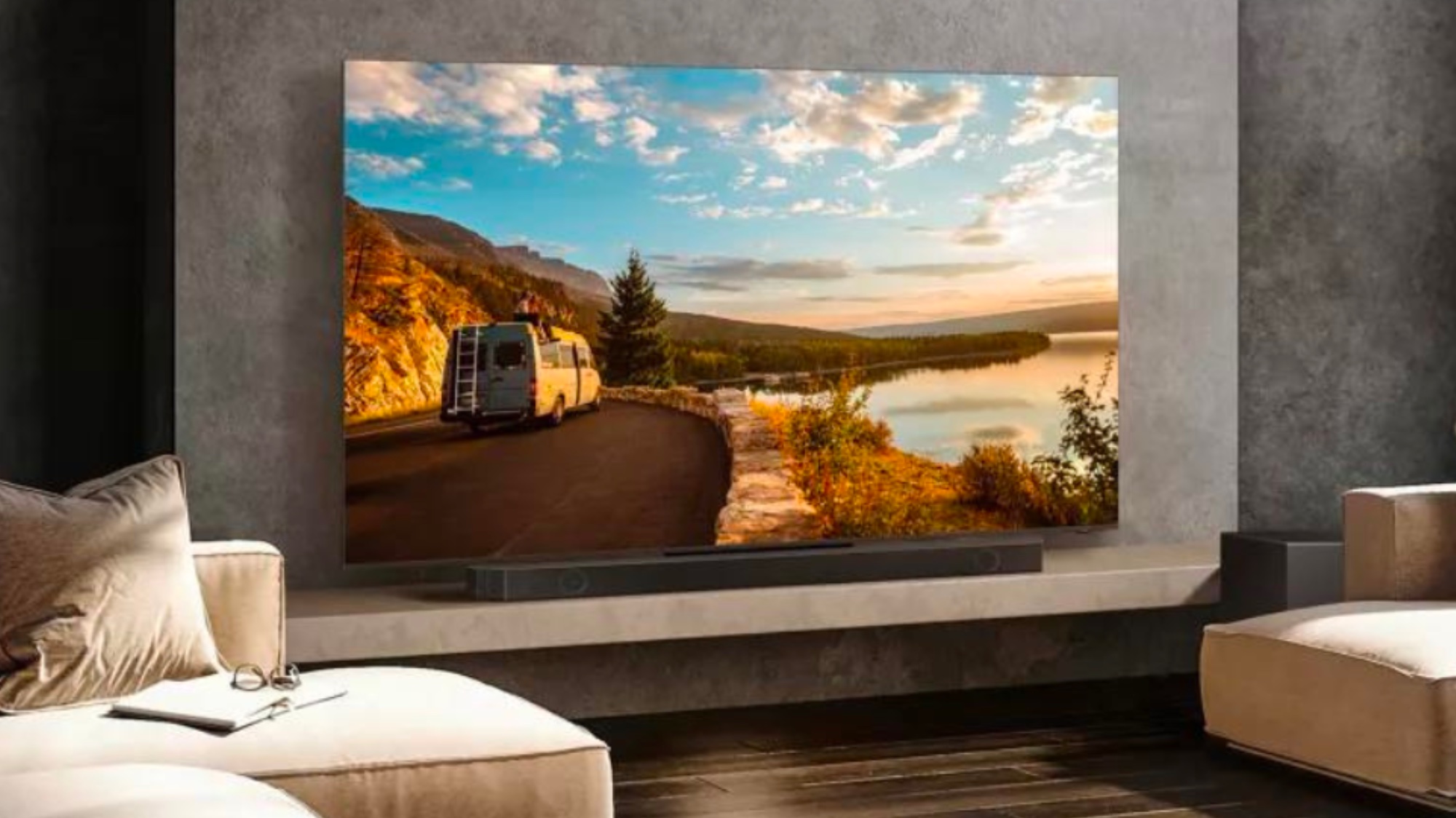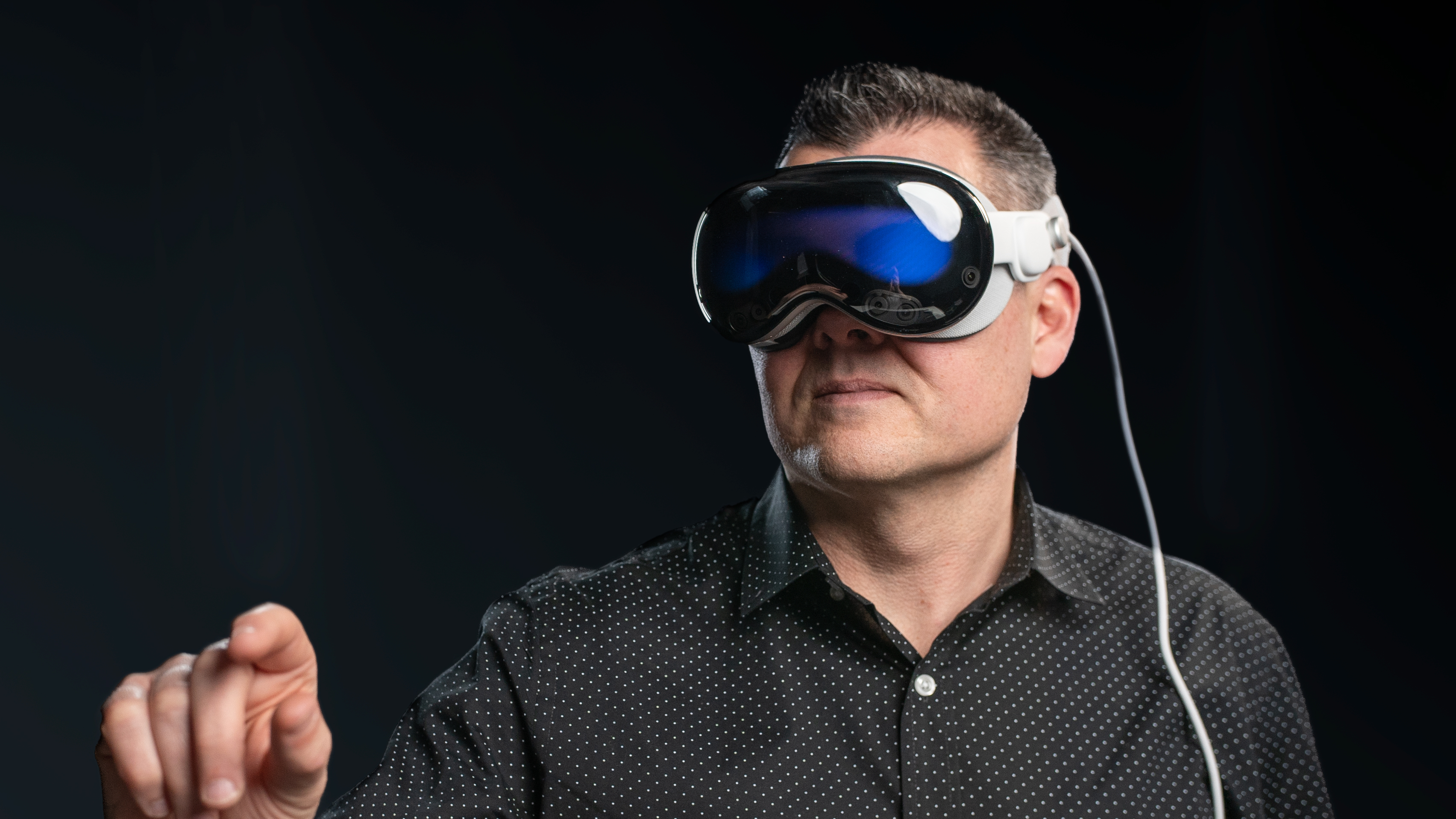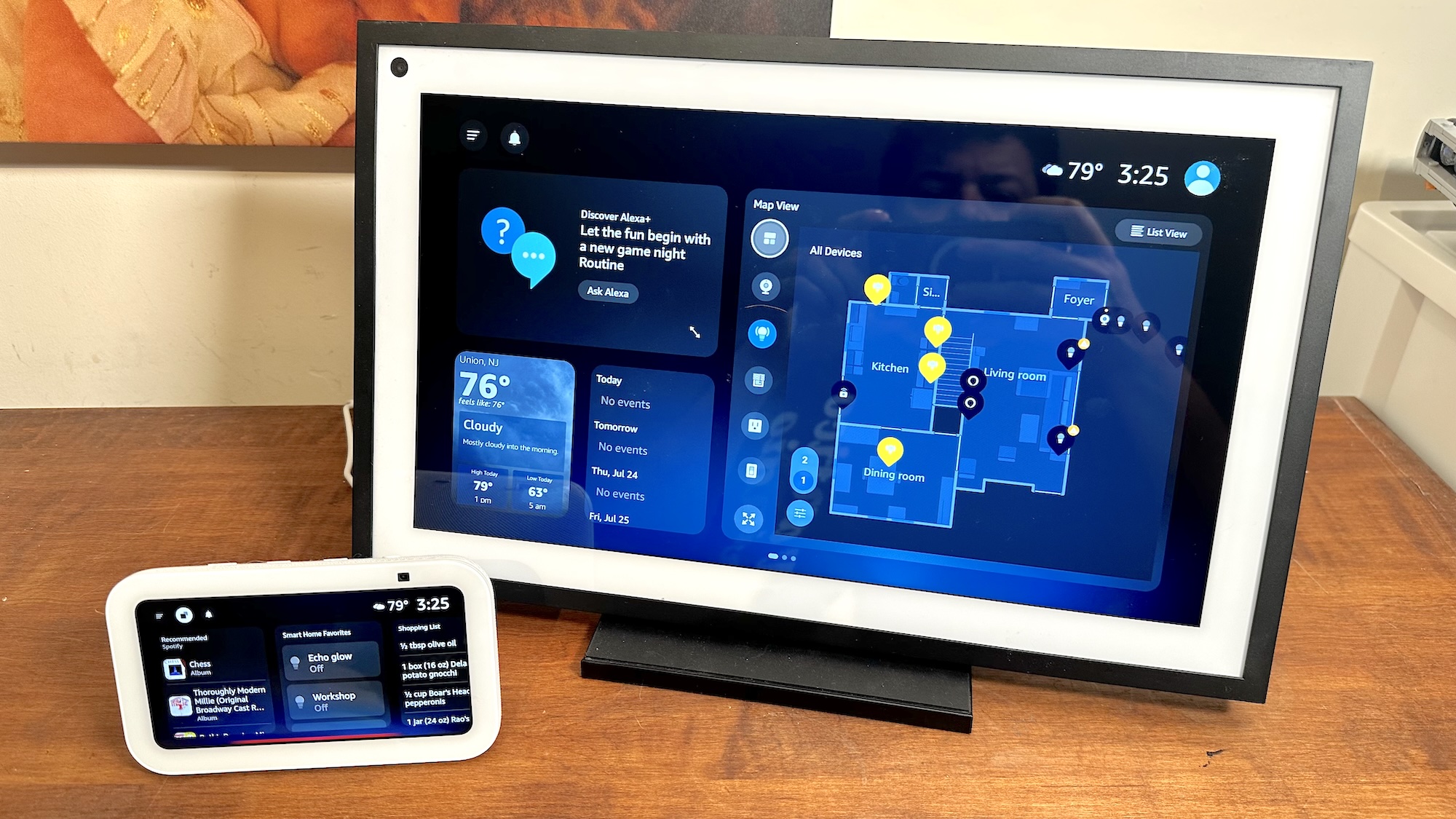8K TVs are already boring — here's what I want from my next TV

An 8K resolution isn't the feature that will sell me on my next TV purchase. This is going to sound controversial, but as someone who covers TVs and has reviewed countless models over the years, I’m ready to stop upgrading TV resolution every 10 years or so and focus on other ways to make a TV’s image better.
Yes, I'm happy that I upgraded from standard definition (480i) in the 90s and early 2000s to high definition (720p) in the mid 2000s; to Full HD (1080p) in the mid 2000s; and finally 4K in the mid 2010s. But at this point it’s more or less impossible to see individual pixels at most screen sizes.
This seems like a good place to slow down to me.
I think it's time to stop caring about next-gen resolution and start caring more about panel technology.
Instead of just upping resolution, there are plenty of things we could do to make next-gen TVs better than the ones we have today: TVs could (and should) continue to get brighter, even if that brightness is only used in the tiny highlights of an HDR image. HDR technology itself could improve — with new standards that more accurately represent an image as a whole, especially in the darker areas of an image. And true black levels could become more common on mid-range and lower-end TVs, as the best OLED TVs, Mini-LED TVs, and Micro-LED TVs continue to develop.
This might be a hot take, but I think it's time to stop caring about next-gen resolution and start caring more about panel technology.
Why you shouldn't care about 16K TVs
When the topic of TV resolution limits comes up, it often relates to how visible the pixels are to the human eye. This has a little less to do with the actual resolution of the display, and is more a function of the size of the screen coupled with the distance that you’re viewing at. That’s why you can often clearly see the pixels on a VR display, even if it’s a higher-resolution display — but you wouldn’t be able to see the pixels on a screen of the same resolution a few feet away.
So what is the maximum resolution that the human eye can see at a normal TV-viewing distance? Well, there’s conflicting evidence. One famous study put the human eye at around 576 megapixels — but that’s the entirety of human vision, and has a little less to do with the resolution of an object in view of the eye.
Get instant access to breaking news, the hottest reviews, great deals and helpful tips.

Other studies have argued that the perception of a screen resolution to the human eye has less to do with actually being able to see individual pixels, and more to do with the so-called “visual acuity” of the eye, which some optometrists argue is more complex than we realize.
The gist is that while we may not be able to see the pixels on an 8K display, the softer edges and details closer to an object that we’d see in nature can still be perceived by the human eye. What that means is that the limit we need to achieve for a display resolution is less of an equation, and more of a guess, for now.
Panels are more important anyways
I think the most important innovations we're going to see on TVs in the next decade will come from the panels themselves — whether that's OLED, QD-OLED, Mini-LED, MicroLED or something else entirely.
With resolution living in a kind of grey area right now, I think the most important innovations we're going to see on TVs in the next decade will come from the panels themselves — whether that's OLED, QD-OLED, Mini-LED, MicroLED or something else entirely. As manufacturing hiccups become ironed out, we could see TVs that were otherwise astronomically expensive come down to a reasonable price.
Case in point? Remember LG rollable TV that was recently discontinued because of its low sales volume? What if we could have a TV like that that offers an image quality that matches the highest-end TVs today, and doesn't cost $100,000?
In general, we could work on ways for TVs to blend more into their environments. Samsung’s The Frame is a cool start, but the image quality on The Frame doesn’t quite match Samsung’s other similarly-priced TVs. Right now, I always have a huge black rectangle in my living room, whether I’m using that rectangle or not.
Don't get me wrong — there’s a case to be made for TVs that combine higher-resolutions with better panel technologies, but it seems like that will just unnecessarily inflate the price. I don’t really see the need for a 16K resolution in a 55- to 65-inch TV, which I feel will more or less stay the standard for most living rooms. The situations in which you might want a higher resolution, for now, are edge cases.
These are the displays that actually need 16K

So, right, in my opinion barely anyone needs an 8K TV and no one needs a 16K TV. But does that mean we should kill off 16K displays entirely? Absolutely not.
Outside of the TV world there are plenty of reasons to develop displays with smaller and smaller pixels: A big one right now might be virtual reality — all but the best VR displays still have visible pixels, and doing away with that means developing higher-density screens. So, when I say we don’t need to keep working on TV resolution after 8K, don’t mistake me for saying that’s true in all situations, or for displays in general.
If those high-resolution displays trickle down into the world of TVs, so be it, but we're not even at 8K broadcast signals yet. There's almost no native 8K content out there, and it seems like it will be decades before TV broadcasters would even think about going higher than that.
At some point my opinion might change, but for now I think you're better off buying one of the best 4K TVs like the Sony A95L OLED instead of waiting for another bump in resolutions.

Christian de Looper is a freelance writer who has covered every facet of consumer tech, including mobile, audio, home theater, computing, gaming, and even car tech. At Tom’s Guide, Christian covers TV and home theater tech, and has reviewed dozens of TVs, soundbars, and A/V receivers, including those from the likes of Samsung, Hisense, TCL, and Vizio.
